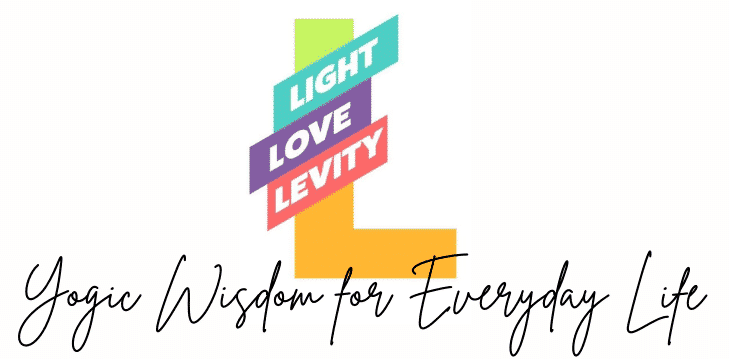The transition to the first week of Daylight Savings Time (DST) in spring, often referred to as “springing forward,” involves setting the clock forward by one hour. This shift means that people lose an hour of sleep on the night of the change but gain more daylight in the evening hours. The change can have several effects on humans and their orientation to their schedules:
Sleep Patterns
- Disruption to Circadian Rhythms
- The immediate effect of losing an hour of sleep can disrupt the body’s internal clock or circadian rhythm. This disruption can lead to short-term sleep disturbances, making it harder to fall asleep and wake up at the usual times.
- Adjustment Period
- Most people require a few days to a week to adjust to the time change. During this period, they may experience sleepiness, fatigue, or difficulty concentrating.
Health Implications
- Increased Risk of Health Issues
- Research has shown a short-term increase in the risk of heart attack, stroke, and other health issues in the days following the spring transition to DST. The reasons are not entirely clear but may relate to disrupted sleep and circadian rhythms.
- Mood Changes
- The adjustment period can also affect mood, with some people experiencing irritability or mild depression due to the change in light exposure and sleep patterns.
Productivity and Alertness
- Impact on Performance
- The loss of sleep and disruption to circadian rhythms can temporarily affect cognitive function, concentration, and memory, potentially reducing productivity and increasing the risk of accidents or errors.
- Evening Alertness
- The increased daylight in the evening can lead to increased alertness and energy levels later in the day, which some people may find beneficial for their work or social schedules.
Lifestyle and Behavioral Changes
- Shift in Daily Activities
- The extra hour of daylight in the evening encourages more outdoor activities, exercise, and social interaction, which can have positive effects on physical and mental health.
- Adaptation Strategies
- Many people adapt their routines in anticipation of the time change, gradually adjusting their sleep schedules or modifying their exposure to light in the mornings and evenings to ease the transition.
Long-term Adaptation
- Adjustment of Internal Clock
- Over time, most individuals’ internal clocks adjust to the new daylight pattern, and the initial negative effects on sleep and mood diminish.
- Seasonal Affective Disorder (SAD)
- For individuals with SAD, the increased daylight in the evenings can have a beneficial effect on mood and well-being.
Coping with the Change
To minimize the impact of the spring forward time change, experts recommend several strategies:
- Gradual Adjustment
- Gradually adjusting sleep schedules a few days before the change can help ease the transition.
- Light Exposure
- Seeking exposure to natural light in the morning can help reset the body’s internal clock.
- Avoid Stimulants
- Limiting caffeine and electronic device usage in the evening can improve sleep quality.
- Consistent Sleep Schedule
- Maintaining a consistent sleep schedule before and after the time change can support a smoother adjustment.
While the transition to The First Week of Daylight Savings Time can be challenging for many, understanding its effects and implementing strategies to adapt can help mitigate its impact on sleep, health, and daily routines.
Dear Readers,
Thank you for joining me on this journey of The First Week of Daylight Savings Time. I hope you found today’s insights valuable and inspiring.
If you’re eager for more on this topic, don’t forget to SUBSCRIBE and explore these resources:
- Nourish Your Being: Dive deeper into Yogic Diet: 30 Days to Holistic Health
- Mindfulness Meditations
- Stay Connected: Join our community to stay updated on future posts, exclusive content, and more.
May your journey be gentle, your spirit be bright, and your world be filled with boundless light, love, and levity.
Namaste.
Meg
@LightLoveLevity
P.S. Explore more insightful content on our blog at Light, Love, and Levity
Your engagement and feedback are invaluable, so please feel free to share your thoughts and questions in the comments below. Let’s continue to learn and grow together.


